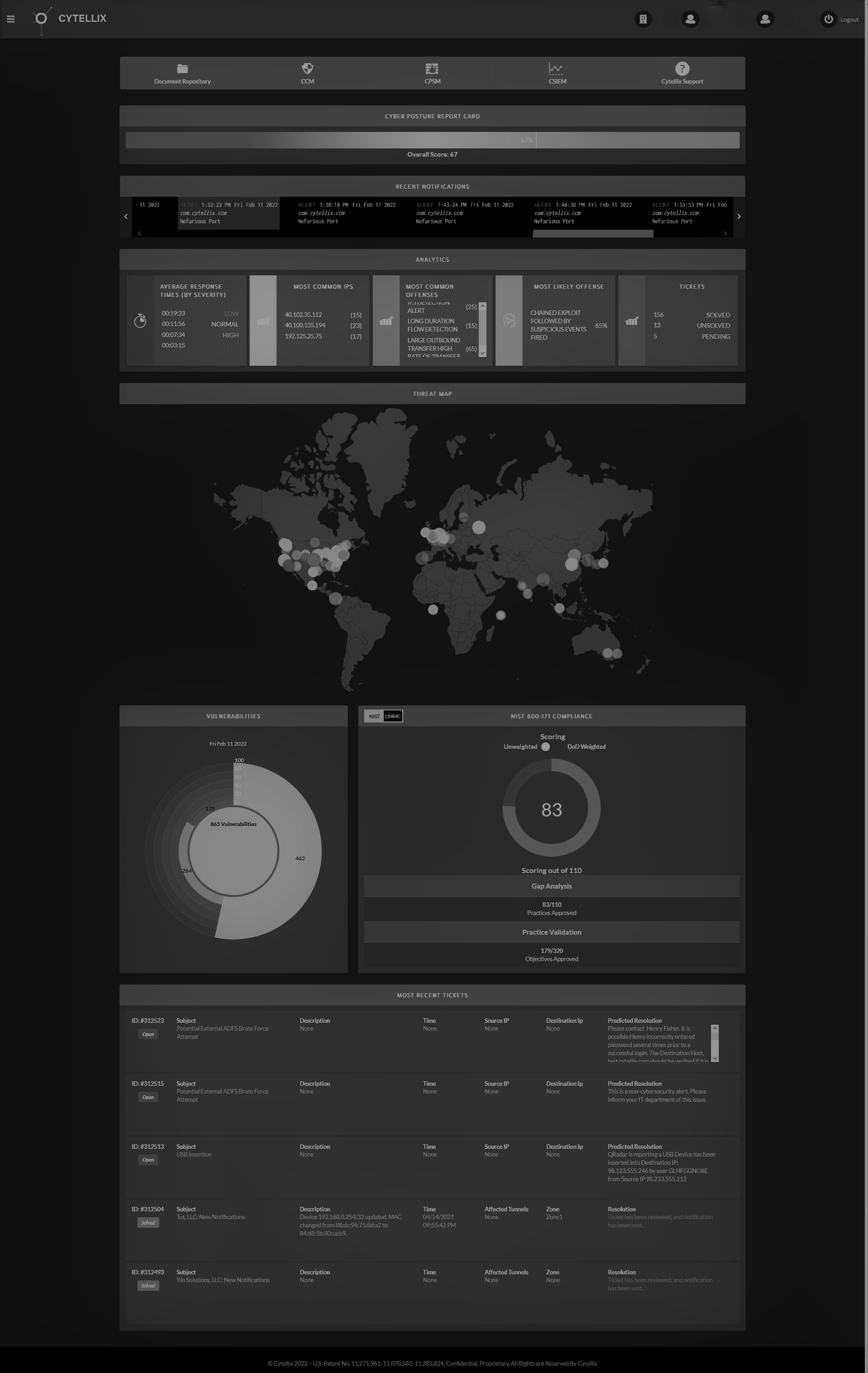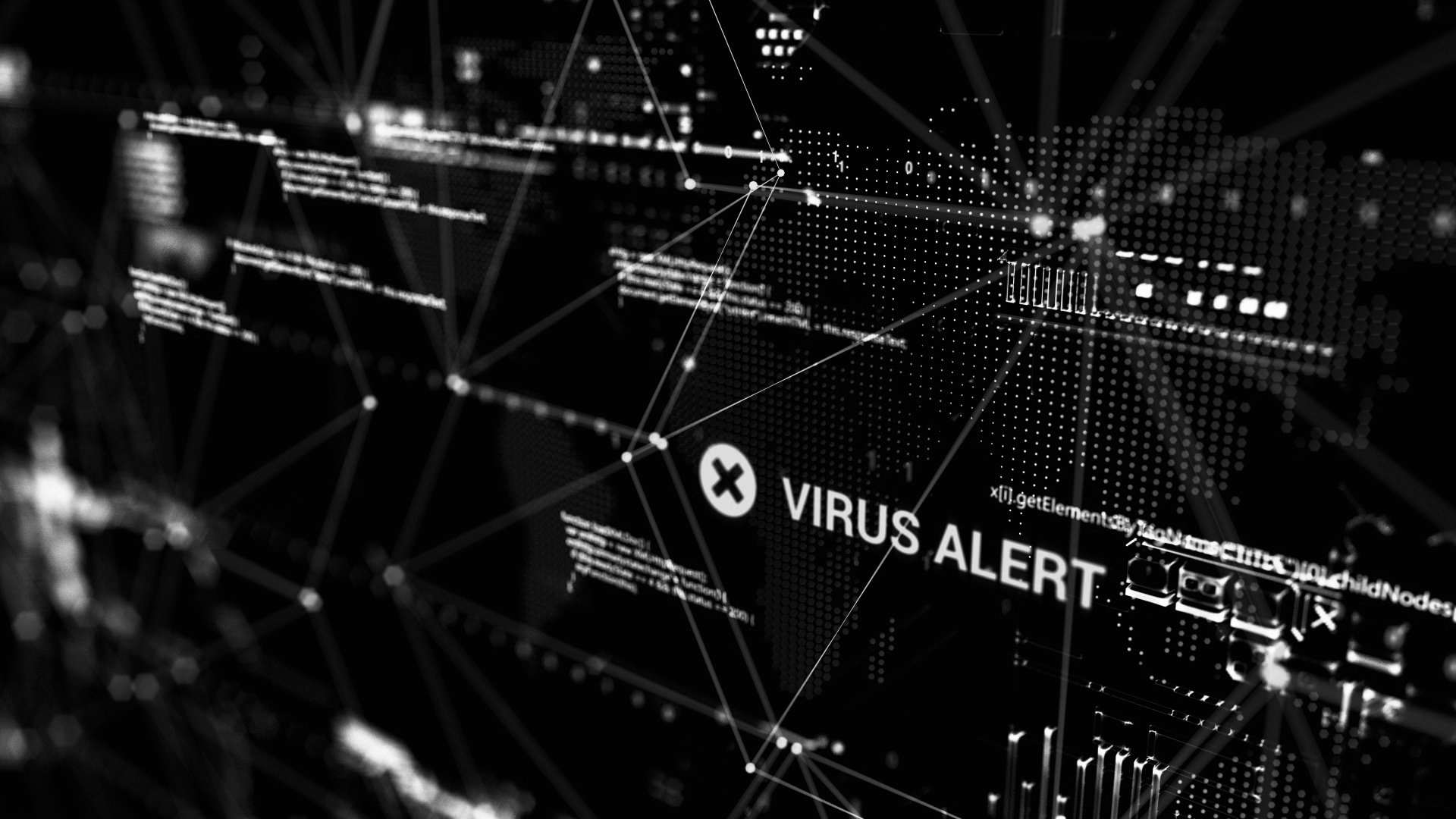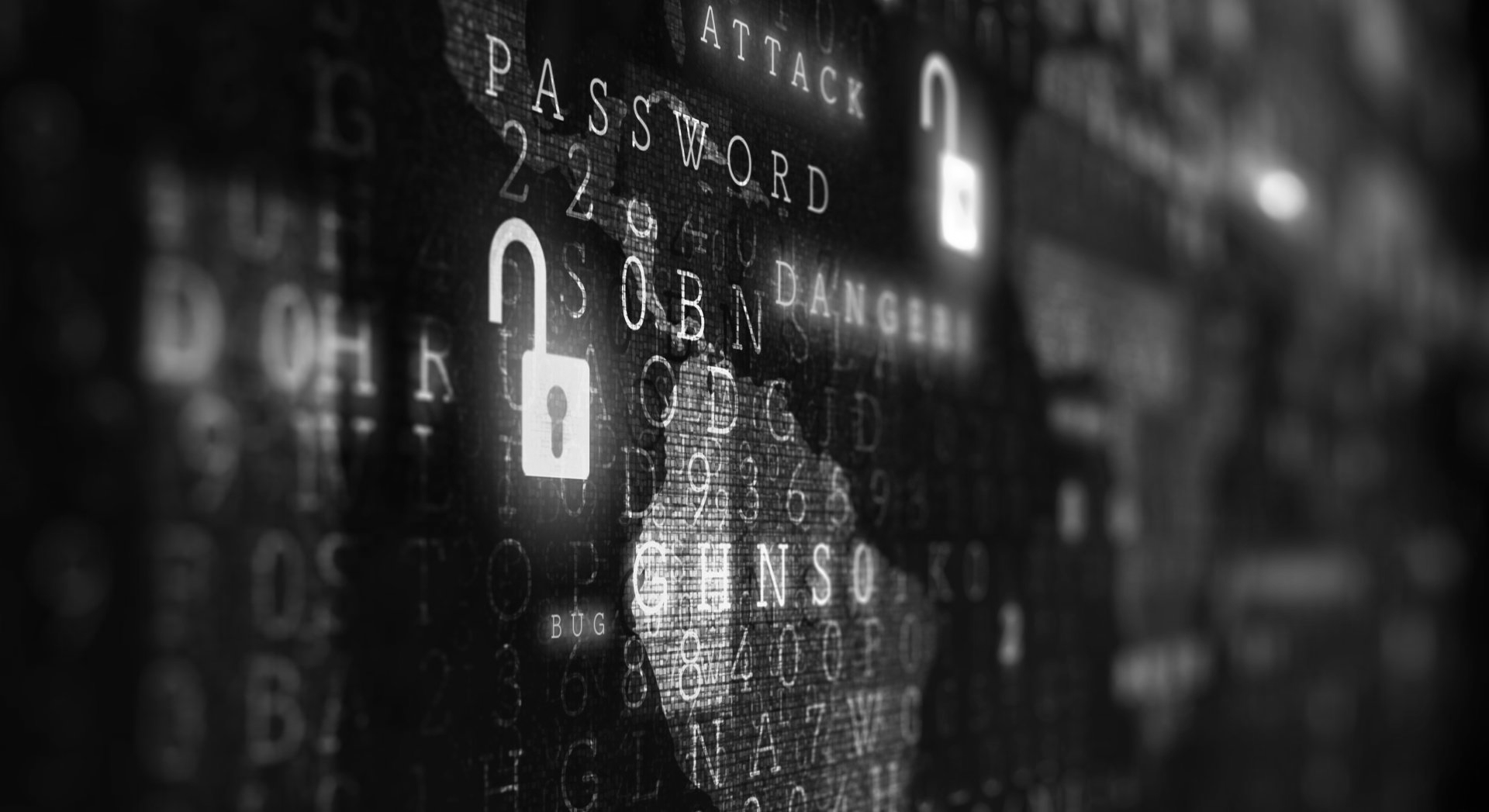Life Sciences - Pharmaceutical Supply Chain
Life Science is a huge target for Cybercriminals
Life Sciences and specifically supply chains in Life Science have been subject to significant attack's due to the value of information they posses. Everything from patient data, to intellectual property of new drugs have become valuable targets for cyber criminals.
Background
The Life Sciences sector is undergoing operational and data changes motivated by the increased use of digital technologies. Changes are being driven by the adoptions of
Data Analytics, IoT, artificial intelligence as these create business growth opportunities.
In addition, the digital transformation is expected to transform manufacturing processes, logistics as well as service delivery. As Data Analytics, IoT, artificial intelligence increase adoption in Life Science organizations so do the cyber risks. The Pharmaceutical supply chain in Life Sciences are seeing increasing risks are experiencing growth in threats. The COVID-19 pandemic has accelerated the digital transformation of the Life Sciences. Cybersecurity has become a central topic in the boardrooms and they are paying increased attention to cybersecurity, with more attention on the effects if they fail to regulate cybersecurity policies within their organizations.
Challenge
Life Science companies are highly regulated with both patient records under Health Insurance Portability and Accountability Act (HIPAA) with the regulations around sharing of Protected Health Information (PHI) here in the United States and in Europe, with General Data Protection Regulation (GDPR). Many of the Life Science companies are publicly traded and this imposes an additional regulator with the Securities and Exchange Commission (SEC) for corporate Governance requirements.
Also, the Supply Chain Risk with contractors, consultants, researchers, data storage, cloud providers is relied upon the Life Science sector. This leads organizations with distributed relationships to monitor, manage and track data access, leakage and loss in real-time. In addition to data, is the risk of attack from connections, vulnerabilities that are unknowingly created and violations of compliance obligations. All are expensive, high risk and can cause irreputable harm to the Life Science organization.
Solution
There are several steps that can be taken to mitigate cybersecurity and privacy risks.
- Perform a Security Risk Assessment leveraging a industry framework.
- Evaluate the strengths and weaknesses of the Risk assessment from a Physical, Logical, and Digital truth about the Cyber Posture of the organization.
- Make sure your organization is meeting regulatory compliance for data handling, access and protection.
- Enable a comprehensive Cyber Monitoring, Endpoint Protection, Access Control, Identification of Threat, Detection of Attacks, and Response to a Cyber Event Process 24x7x365.
- Validate compliance with your Cyber Insurance Policy and evaluate where coverage stops and starts with your Cyber Program as a comprehensive solution.










